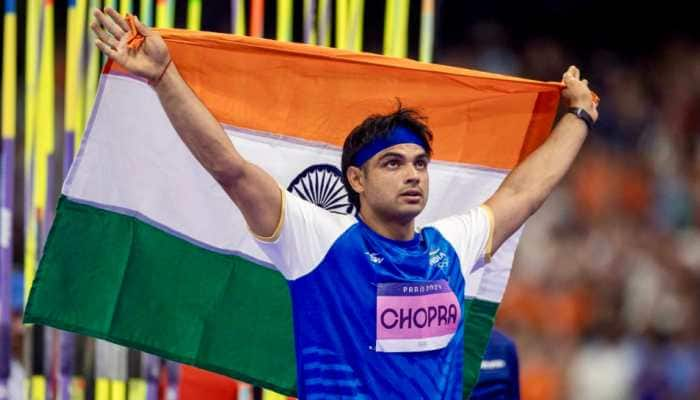Independence Day 2024: History And Evolution Of The Indian National Flag
The flag represents the collective aspirations of over a billion people and serves as a beacon of hope, reminding us of the values that make India truly incredible.
Trending Photos
) Image credit: Freepik
Image credit: Freepik As India celebrates its 78th Independence Day on August 15, 2024, the national flag waves proudly in the skies, a symbol of the country’s hard-fought freedom and enduring unity. The Indian National Flag, with its tricolor of saffron, white, and green, and the Ashoka Chakra at its center, is not just a piece of cloth but a representation of India's history, struggle, and values. The journey of the Indian flag is a story of resilience, transformation, and the collective spirit of a nation.
Early Concepts of the Indian Flag
The concept of a national flag for India began to take shape during the early 20th century, as the struggle for independence gained momentum. One of the earliest versions of an Indian flag was hoisted by Madame Bhikaiji Cama in 1907 at the International Socialist Congress in Stuttgart, Germany. This flag, often referred to as the "Cama Flag," had green, yellow, and red stripes with symbols representing India's religious communities and the Vande Mataram slogan.
The Birth of the Tricolor
The tricolor as we know it today was first conceived by Pingali Venkayya, a freedom fighter and a follower of Mahatma Gandhi. In 1921, Venkayya presented a flag design to Gandhi, which consisted of two colors—red and green—representing the two major communities in India, Hindus and Muslims. Gandhi suggested adding a white stripe to symbolize peace and the rest of India's communities, along with a spinning wheel (charkha) to signify self-reliance.
The design underwent several changes over the years, and by 1931, the Indian National Congress formally adopted a tricolor flag. This version had saffron at the top, white in the middle, and green at the bottom, with the charkha in the center. This flag was seen as a unifying symbol that represented India's diverse communities and its aspirations for freedom.
The Flag of Independent India
On July 22, 1947, the Constituent Assembly of India adopted the tricolor as the official national flag of India. The design retained the saffron, white, and green colors, but the spinning wheel was replaced by the Ashoka Chakra, a 24-spoke wheel, which symbolizes law, dharma, and the eternal wheel of time. The saffron color represents courage and sacrifice, white stands for peace and truth, and green symbolizes faith and chivalry. The Ashoka Chakra, derived from the Lion Capital of Ashoka, reflects the dynamism of a peaceful change.
The flag was hoisted for the first time by Prime Minister Jawaharlal Nehru on August 15, 1947, at the Red Fort in Delhi, marking India's transition from a British colony to a sovereign nation.
Evolution and Symbolism
Over the decades, the Indian National Flag has remained a potent symbol of the country's identity and unity. It has witnessed India's evolution from a newly independent nation to a global power. The flag has been a part of historic moments, from the Indian Army's triumphs in wars to the achievements of Indian athletes on international platforms.
The flag's design, while unchanged, continues to inspire millions. The Ashoka Chakra in the center serves as a reminder of the values that the nation upholds—righteousness, justice, and progress. The tricolor itself represents the unity in diversity that characterizes India, a land of various cultures, languages, and religions.
Independence Day 2024: Celebrating the Flag's Legacy
As India celebrates Independence Day in 2024, the national flag will once again take center stage in the festivities. The day will begin with the Prime Minister hoisting the flag at the Red Fort, followed by a parade that showcases the country's military might, cultural diversity, and achievements.
Across the nation, the tricolor will be unfurled in schools, colleges, government buildings, and homes. Citizens will proudly display the flag, reflecting on its history and the sacrifices made by countless freedom fighters to bring it to life. The flag will serve as a reminder of the country's ongoing journey toward development, equality, and justice.
The Indian National Flag is much more than a symbol; it is a testament to the country's resilience, unity, and unwavering spirit. As we celebrate Independence Day 2024, it is important to remember the rich history and evolution of the flag, which continues to inspire and guide the nation.
Stay informed on all the latest news, real-time breaking news updates, and follow all the important headlines in india news and world News on Zee News.
Live Tv







)
)
)
)
)
)
)
)
)
)
